What would you do if you could be President of the United States for one day?
My answer has changed over the years. When I was a boy it was, “Fill the White House with root beer floats and drink as many as I want!” During my college days it was, “Create a National Bikini Modeling Competition with the president as judge!” Nowadays it’s just, “Make sure there’s something left in Social Security’s bank account when I reach 65.” Funny how your dreams downsize with time. But I digress.
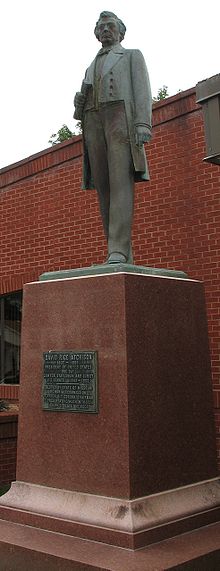 An obscure figure in American history may have actually been president for one day. Or maybe he wasn’t. Listen to his story and decide for yourself.
An obscure figure in American history may have actually been president for one day. Or maybe he wasn’t. Listen to his story and decide for yourself.
Don’t look for David Rice Atchison’s face on coins, currency or postage stamps. It’s not there. But 150 years ago, he was a true DC power player.
You couldn’t pick a more unlikely place for this unlikely story to begin. Atchison was born in 1807 in Frogtown, Kentucky. (And you know what they say about Frogtown: “If you can make it there, you’ll make it anywhere.”) The town founder’s apparently had second thoughts and tried to add some class to the place by renaming it Kirklevington, which it remained until it was mercifully swallowed up by the city of Lexington.
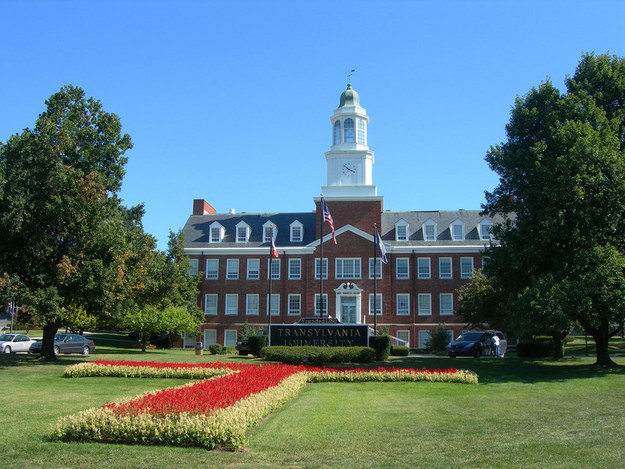 He attended Transylvania University which, creepy name aside, was (and remains) a prestigious school. Proving the point, six members of Atchison’s graduating class became U.S. Senators (including one you may have heard of who had a presidential claim of his own – Jefferson Davis. But we’ll save that story for later).
He attended Transylvania University which, creepy name aside, was (and remains) a prestigious school. Proving the point, six members of Atchison’s graduating class became U.S. Senators (including one you may have heard of who had a presidential claim of his own – Jefferson Davis. But we’ll save that story for later).
With law degree in hand, Atchison did what countless Kentuckians (including my Powell and Richardson great-great-grandparents) did: he packed up and moved west to Missouri. He practiced law in the town of Liberty, where he quickly made a name for himself by defending Mormon founder Brigham Young in court. He served in the state legislature, dabbled in the state militia, and at the ripe old age of 36 found himself appointed to a seat in the U.S. Senate, where he served for the next twelve years.
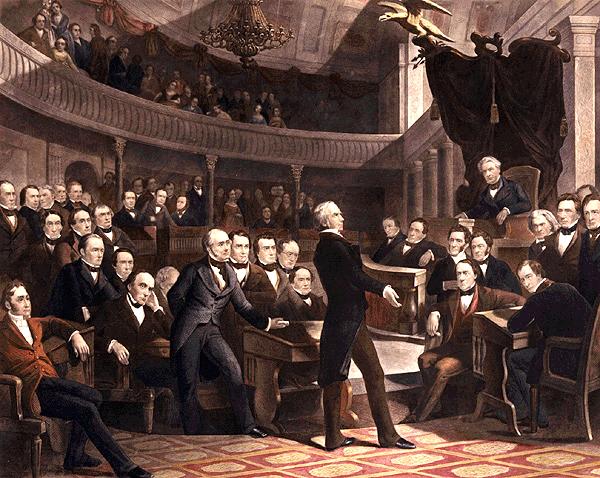 The Senate was the place to be back then. Giants filled the chamber. Daniel Webster, Henry Clay, John C. Calhoun. Whenever they spoke, the galleries were always packed.
The Senate was the place to be back then. Giants filled the chamber. Daniel Webster, Henry Clay, John C. Calhoun. Whenever they spoke, the galleries were always packed.
Atchison was well-like by his new colleagues. So much so, that just two years into the job he was chosen President pro tempore, the Senate’s Top Dog back then and, according to the succession law of the time, next in line for the presidency after the vice president. Not bad for a 38 year-old Frogtown Boy! In fact, it was the President pro tempore thing that led to the President for a Day episode.
In the country’s early days, an incoming president was inaugurated at noon on March 4, as spelled out in the Constitution. That worked well for 60 years … until president-elect Zachary Taylor looked at the calendar.
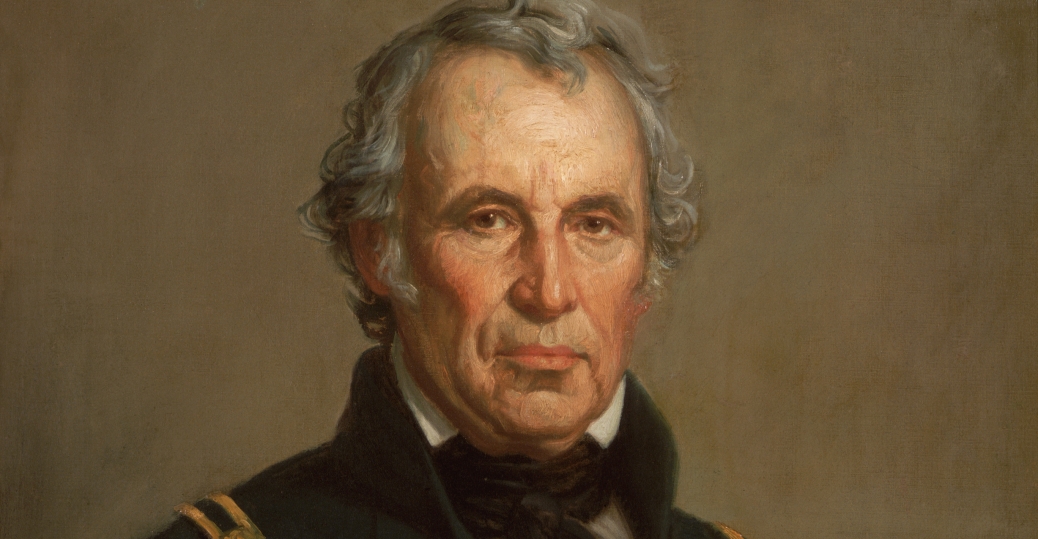 Inauguration Day fell on a Sunday in 1849 and Taylor, a deeply religious man, refused to taint the Sabbath by taking the oath of office on it. He insisted on waiting until Monday.
Inauguration Day fell on a Sunday in 1849 and Taylor, a deeply religious man, refused to taint the Sabbath by taking the oath of office on it. He insisted on waiting until Monday.
There was just one problem: outgoing President James K. Polk’s term expired at noon on March 4.
So, just who was president for that 24 hour window between 12:00 pm March 4 and 12:00 pm March 5?
Purists argue that according to the Presidential Succession Act of 1792 (which was in effect in 1849), since the outgoing vice president’s term expired at the same time Polk’s did, that meant the job went to Atchison as the Senate’s President pro tempore.
Many historians and constitutional scholars dismiss that as utter nonsense; they insist the new president automatically assumes office at noon on inauguration day, regardless whether the oath has been taken. The myth-busting website Snopes.com (which always finds a way to rain on any fun parade) said, “It’s difficult to find one valid reason why David Rice Atchison should be considered to have served as President for a Day, but it’s not hard to find several valid reasons why he shouldn’t.”’
Reluctant as I am to admit it, Snopes has a point. There are several holes in the claim that Atchison was president. First, he never took the oath of office. But there was a bigger problem than that. Atchison’s first Senate term expired on March 4, the same day Polk’s presidential term ended. He had not been sworn in for term #2 yet and so, technically, he was not a U.S. Senator during the 24 hours in question.
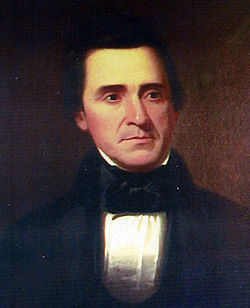 For his part, Atchison seemed to take it for just what it was: one of those fun, quirky things that happen from time to time. He never claimed to have been president, but he clearly loved all the attention it brought him.
For his part, Atchison seemed to take it for just what it was: one of those fun, quirky things that happen from time to time. He never claimed to have been president, but he clearly loved all the attention it brought him.
So, how did he spend his first (and only) day in office?
He slept, mostly. Atchison later recalled, “There had been three or four busy nights finishing up the work of the Senate, and I slept most of that Sunday.” (Seventy-five years later, Calvin Coolidge perfected that approach to the presidency into an art form.) Atchison lived in a Capitol Hill boarding house with several other Senators and Congressmen; one barged into his room at 3:00 a.m., slapped him on the rump and said, “Since you’re going to be president in a few hours, may I be your Secretary of State?” (No doubt alcohol was somehow involved in that incident.) There were many such jokes around the dinner table that evening, too, with colleagues asking for one presidential appointment or another.
Atchison summed up the brief experience by claiming his was the most honest presidential administration in history.
Things went downhill for him after he left the Senate in 1855. He sided with the Confederacy during the War Between the States, briefly serving as a general, and his fortunes suffered in step with the South’s.
In 1886, his little retirement home near Gower, Missouri burned to the ground, destroying the extensive collection of momentos from his Senate career. David Rice Atchison passed away soon afterward at age 79.
 Was he president of the United States for just one day, or wasn’t he? Probably not … although the Hall of Famous Missourians and other sources insist he actually was. Atchison’s bronze bust is proudly displayed in the rotunda of Missouri’s State Capitol.
Was he president of the United States for just one day, or wasn’t he? Probably not … although the Hall of Famous Missourians and other sources insist he actually was. Atchison’s bronze bust is proudly displayed in the rotunda of Missouri’s State Capitol.
This much is beyond dispute: Atchison, Kansas was named in his honor. It went on to lend its name to a little railroad that Judy Garland made famous in the song, “On the Atchison, Topeka and the Santa Fe.”
That town isn’t giving up its (sort of) presidential connection. In 2006, the Atchison County Historical Museum opened inside an 1880 ATSFRR freight depot. It claims to be home of “the nation’s smallest presidential library.”
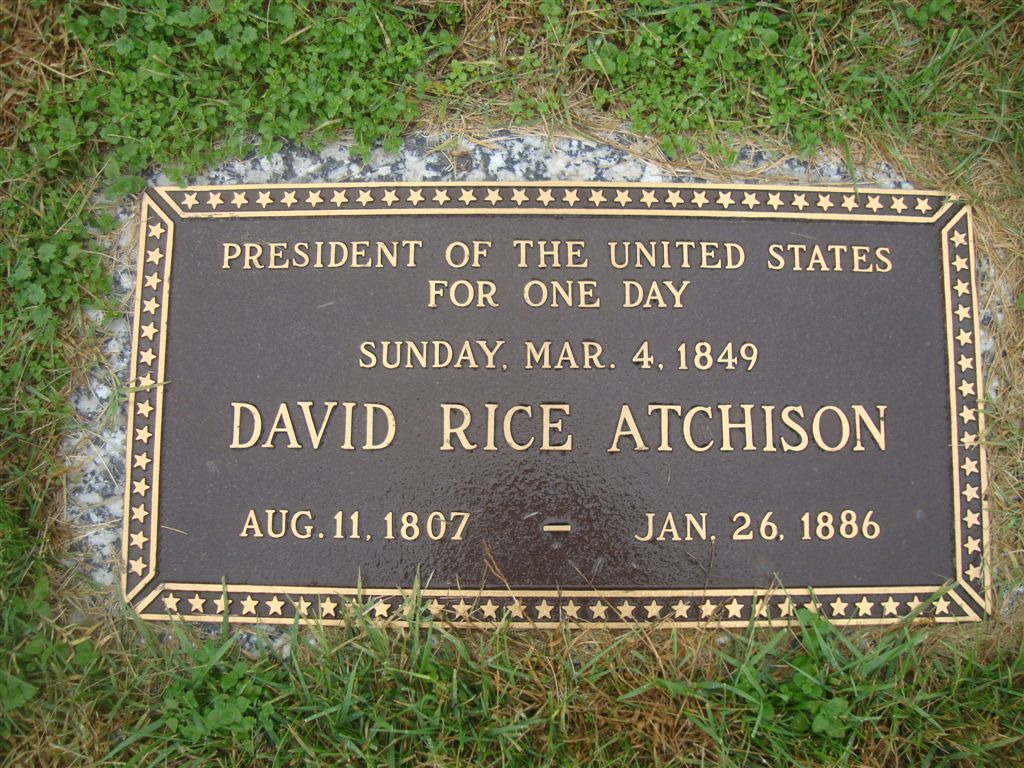 The U.S. government doesn’t recognize that claim, either.
The U.S. government doesn’t recognize that claim, either.
Did you find this enjoyable or helpful? Please continue to join me each week, and I invite you to read Tell it Like Tupper and share your review!
Curious about Tell It Like Tupper? Here’s a chance to see for yourself. Take a sneak peek at a couple chapters in this free downloadable excerpt.

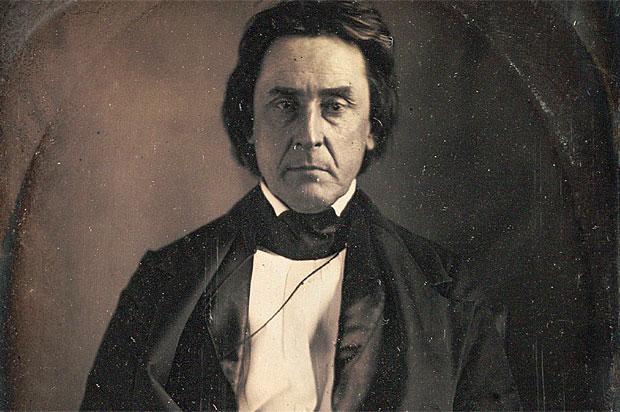
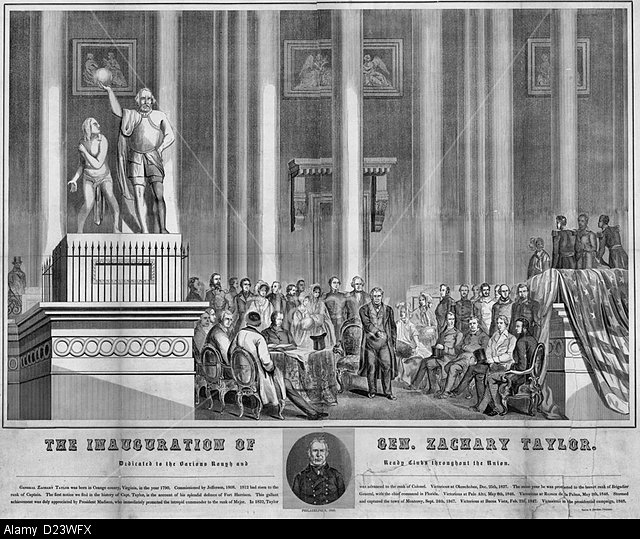
Interesting story.
Like it alot.
Thankyou
What a great story! And little known kernel of history. I’m going to link a Facebook post to it.
Thank you Marion!
Pingback: 5 Fun President Day Facts - J. Mark Powell
Pingback: President for Six Minutes - J. Mark Powell
To me, it seems that since many, if not most, of his peers considered him President, then he was President for a day. On the other hand, that recognistion seems to have been a little tongue-in-cheek. Either way, this is a great piece of American history. Love the way you presented it!
Thank you, Tim. Yes, it seems to have been just a good natured joke at the time. Atchison himself never claimed to have been president.